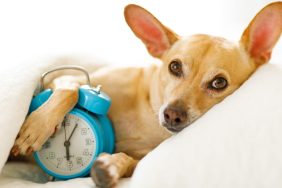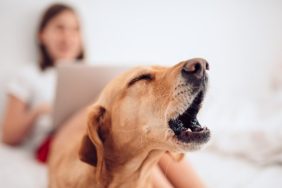Noise anxiety in dogs is a phobia or strong feeling of fear around loud noises, like sounds from fireworks or thunderstorms. It can result in many anxious behaviors or even cause dogs to bolt out of fear and get lost.
If your dog has noise anxiety, choices are available to help relieve their stress. You must consult your veterinarian for…




